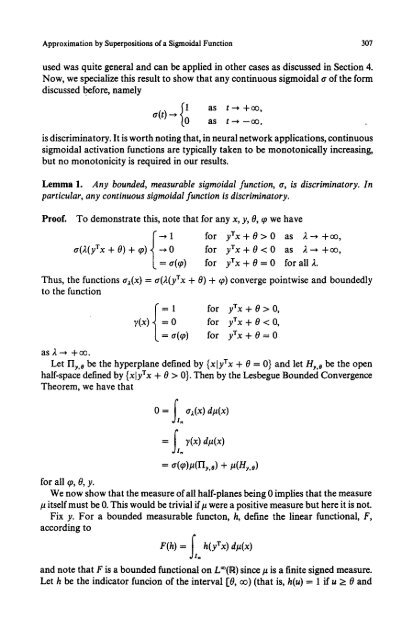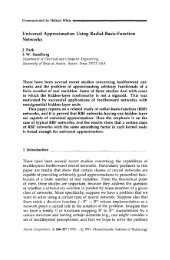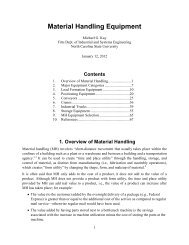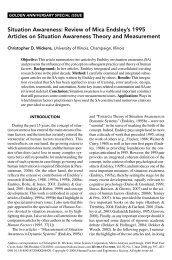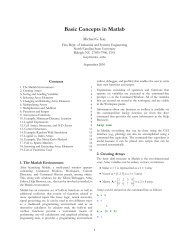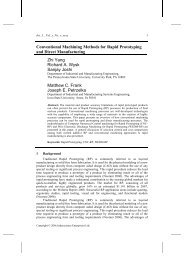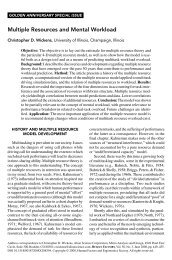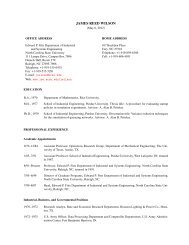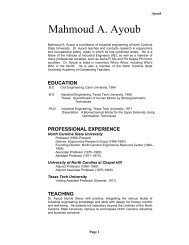Approximation by superpositions of a sigmoidal function
Approximation by superpositions of a sigmoidal function
Approximation by superpositions of a sigmoidal function
Create successful ePaper yourself
Turn your PDF publications into a flip-book with our unique Google optimized e-Paper software.
<strong>Approximation</strong> <strong>by</strong> Superpositions <strong>of</strong> a Sigmoidal Function 307<br />
used was quite general and can be applied in other cases as discussed in Section 4.<br />
Now, we specialize this result to show that any continuous <strong>sigmoidal</strong> a <strong>of</strong> the form<br />
discussed before, namely<br />
tr(t)~fl as t-, +oo,<br />
t0 as t ~ --o0,<br />
is discriminatory. It is worth noting that, in neural network applications, continuous<br />
<strong>sigmoidal</strong> activation <strong>function</strong>s are typically taken to be monotonically increasing,<br />
but no monotonicity is required in our results.<br />
Lemma 1. Any bounded, measurable siomoidal <strong>function</strong>, a, is discriminatory. In<br />
particular, any continuous siomoidal <strong>function</strong> is discriminatory.<br />
Pro<strong>of</strong>.<br />
To demonstrate this, note that for any x, y, 0, ~p we have<br />
(~<br />
1 for yrx+O>O as 2--*+oo,<br />
a(2(yrx+O)+cp) 0 for yrx+OO,<br />
y(x) =0 for yrx+O 0}. Then <strong>by</strong> the Lesbegue Bounded Convergence<br />
Theorem, we have that<br />
0 = f ax(x) dlt(x)<br />
.11 n<br />
= [ r(x) d~(x)<br />
.11 n<br />
= a(~0)/~(n,,0) + u(n~,o)<br />
for all ~o, 0, y.<br />
We now show that the measure <strong>of</strong> all half-planes being 0 implies that the measure<br />
/a itself must be 0. This would be trivial if/~ were a positive measure but here it is not.<br />
Fix y. For a bounded measurable functon, h, define the linear <strong>function</strong>al, F,<br />
according to<br />
tB<br />
F(h) = j_ h(yrx) dlt(x)<br />
.1I n<br />
and note that F is a bounded <strong>function</strong>al on L| since # is a finite signed measure.<br />
Let h be the indicator funcion <strong>of</strong> the interval [0, oo) (that is, h(u) = 1 if u > 0 and


